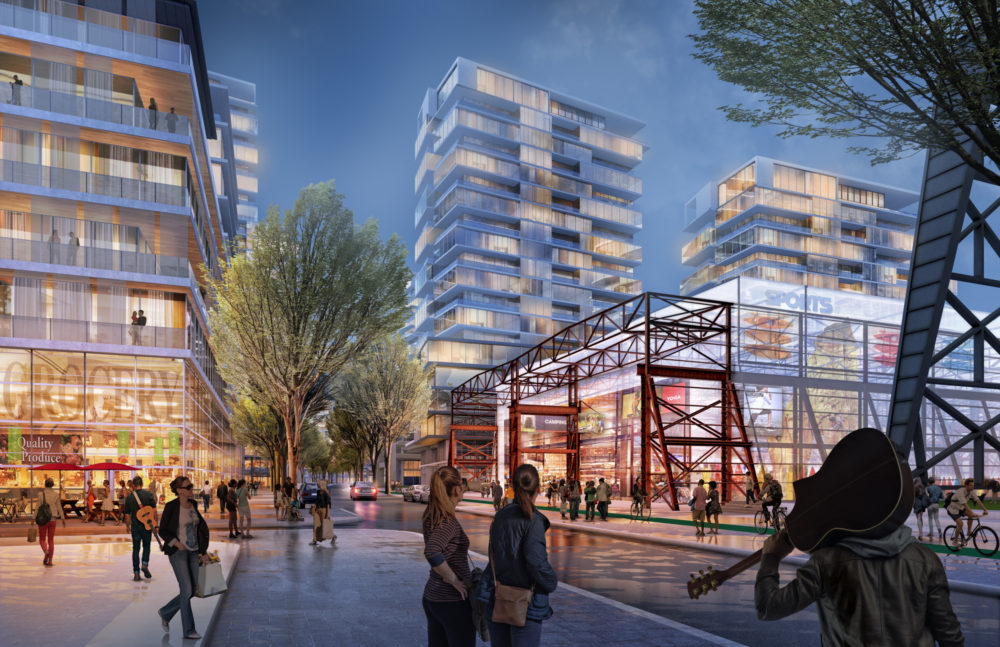
Zidell Yards Master Plan
Portland, OR
 Sasaki
Sasaki
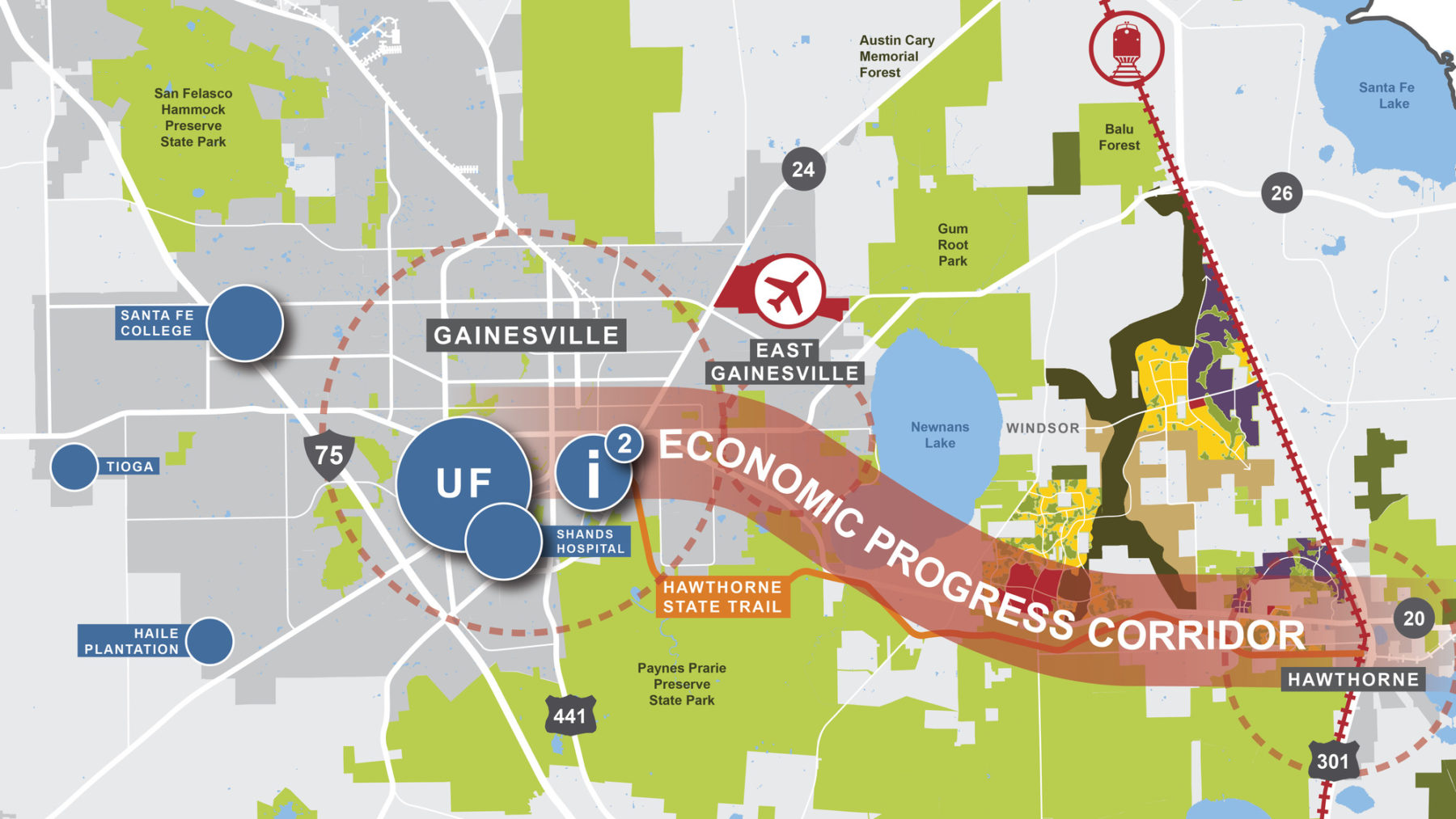
Plum Creek Timber Company, Inc., one of the largest private landowners in the nation, convened Envision Alachua to develop a long-term master plan for its property in Alachua County, Florida. The nearly four-year planning process has been distinguished by a comprehensive program of community and stakeholder engagement. During Phase I of Envision Alachua, the community defined a series of goals and planning principles, prioritizing large-scale conservation and job creation. In 2012, Plum Creek engaged Sasaki to join the project team and lead the land use analysis, planning, and design for the subsequent Phases II & III. Building upon the public engagement process, Sasaki worked with the Envision Alachua Task Force and consulting team to develop a long term land use plan for approximately 60,000 acres. The resulting land use strategy balances future employment oriented mixed use development with large-scale natural resource conservation and serves as the basis for the Envision Alachua Sector Plan.
The long-term master plan has a 50-year planning horizon and serves the public interest of the citizens of Alachua County by guiding conservation and development practices in a manner that ensures adequate protection of resources while strengthening the economic viability of the eastern portion of the County. Upon approval of the Sector Plan, approximately 90% of the total lands will be permanently protected in conservation and preservation land uses, 4% will remain in agriculture, while 6% will be positioned for future employment-oriented development. Combined, the three Envision Alachua development areas can accommodate approximately 30,000 jobs and 10,000 homes. The resulting overall jobs-to-housing ratio of 3:1 sets this project apart from precedent development communities that are largely driven by residential uses.
Sasaki’s ongoing work in Alachua County is a prime example of our interdisciplinary approach to large scale planning—integrating the disciplines of planning, urban design, landscape, architecture, ecology, economics, and policy-making to create layers of innovative planning, land use strategies, and design solutions. The Sasaki land use strategy, which underpins the Envision Alachua Sector Plan, is informed by analysis and the confluence of three infrastructure systems: natural, built, and social/knowledge. Natural infrastructure includes lands which contribute to a regional system of natural resources in Alachua County and beyond. The built infrastructure consists of lands served by substantial existing infrastructure which positions them as a focus for future economic development. The social/knowledge infrastructure includes local anchors such as University of Florida, Santa Fe College, Shands Hospital, the Innovation District, and emerging private sector businesses, as well as adjacent population centers such as the City of Gainesville. The integration of these three systems through inspired and sustainable 21st century community design provides an enduring structure to guide future development.
While the Envision Alachua Sector Plan sets the regulatory framework for development within three compact development hubs in East Alachua County, the Detailed Specific Area Plans (DSAP) provide the design vision for each development hub. Each hub is characterized by smart growth planning principles of development that is compact, integrated, multi-modal, employment-oriented, and mixed-use—all set within a resilient natural ecological framework and connected by green infrastructure. SR 20 Job Center (DSAP A) is envisioned to be a national model for a new type of collaborative mixed-use R&D cluster that brings together the major drivers of the knowledge economy: higher education, private corporations, public sector, and complementary R&D institutes oriented towards agri-technology. EA-Hawthorne’s (DSAP B) preliminary design concept is based on the notion of creating a 21st-century advanced manufacturing hub that provides a setting for the fusion of new ideas, partnerships, and facilities for large and small scale advanced manufacturing with strong connections to existing major road and railroad infrastructure to attract a new generation of employers to the region. US 301 Job Center’s focus is on large scale manufacturing and industrial campuses in an area well served by existing transportation infrastructure (US Highway 301 and CSX rail line).
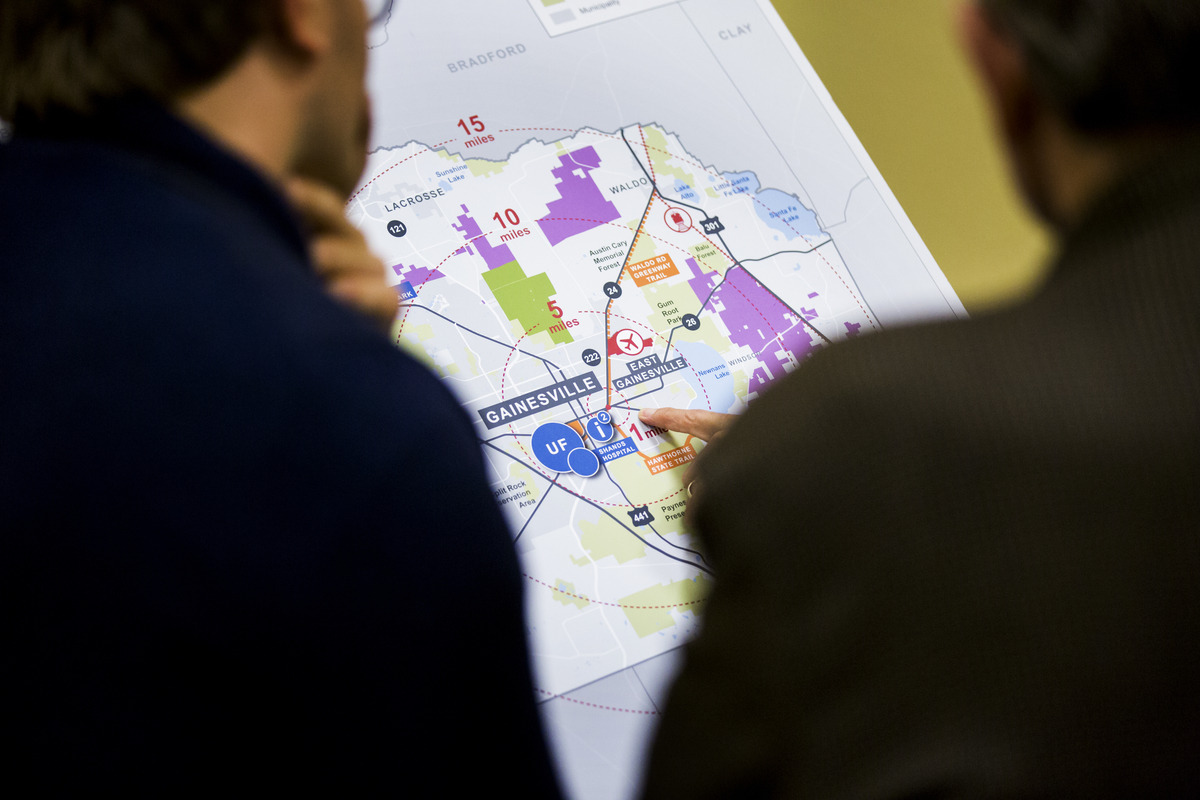
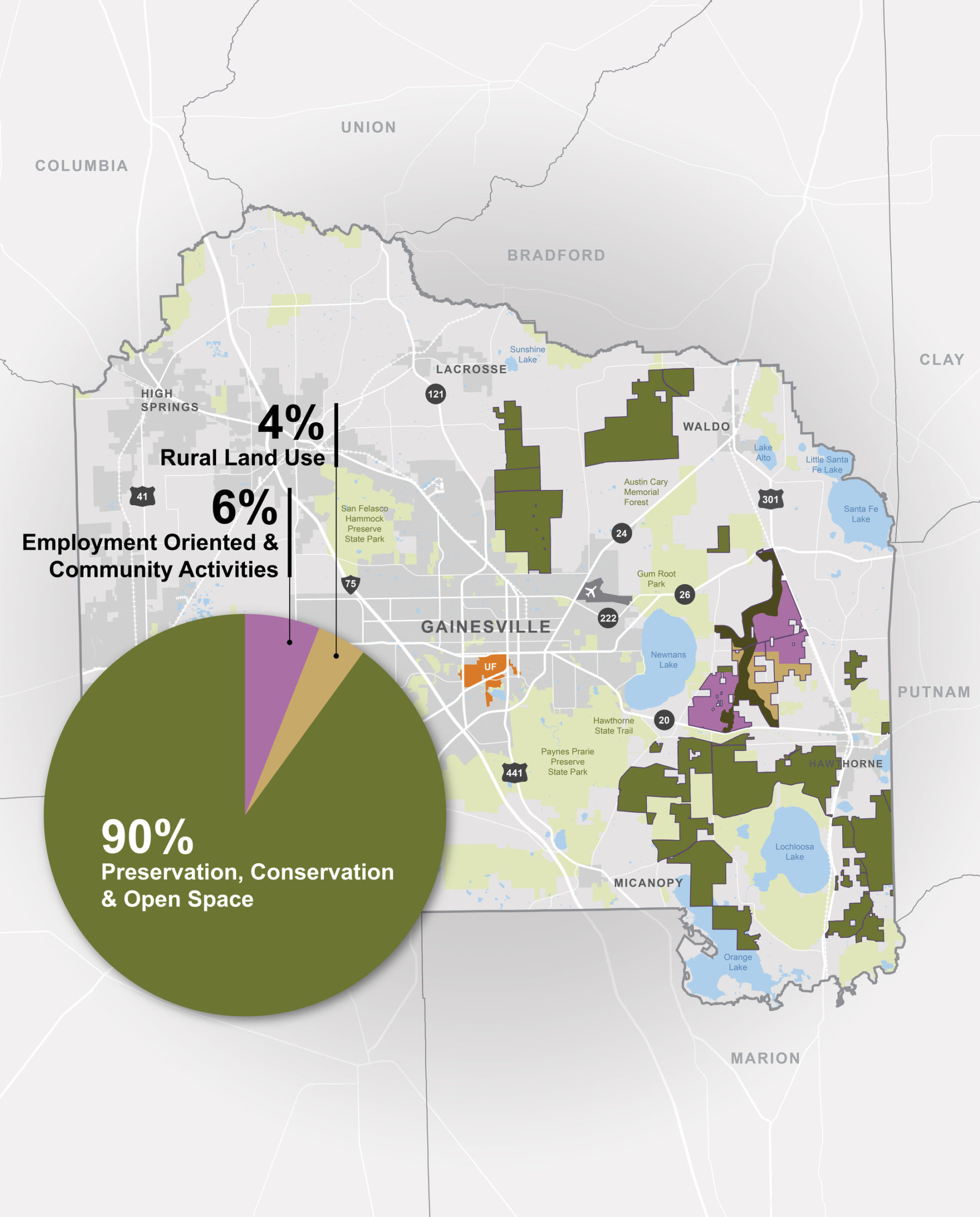
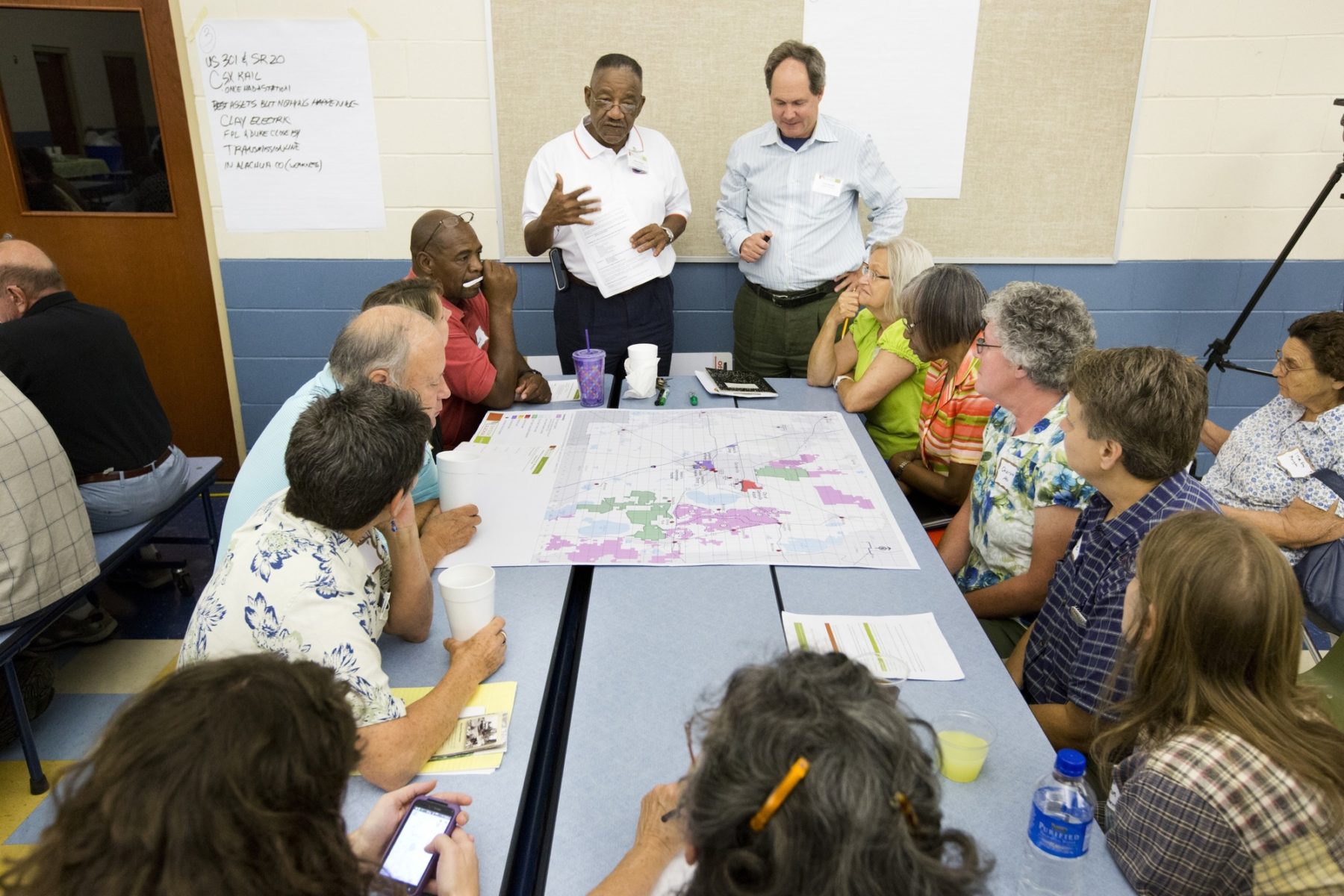

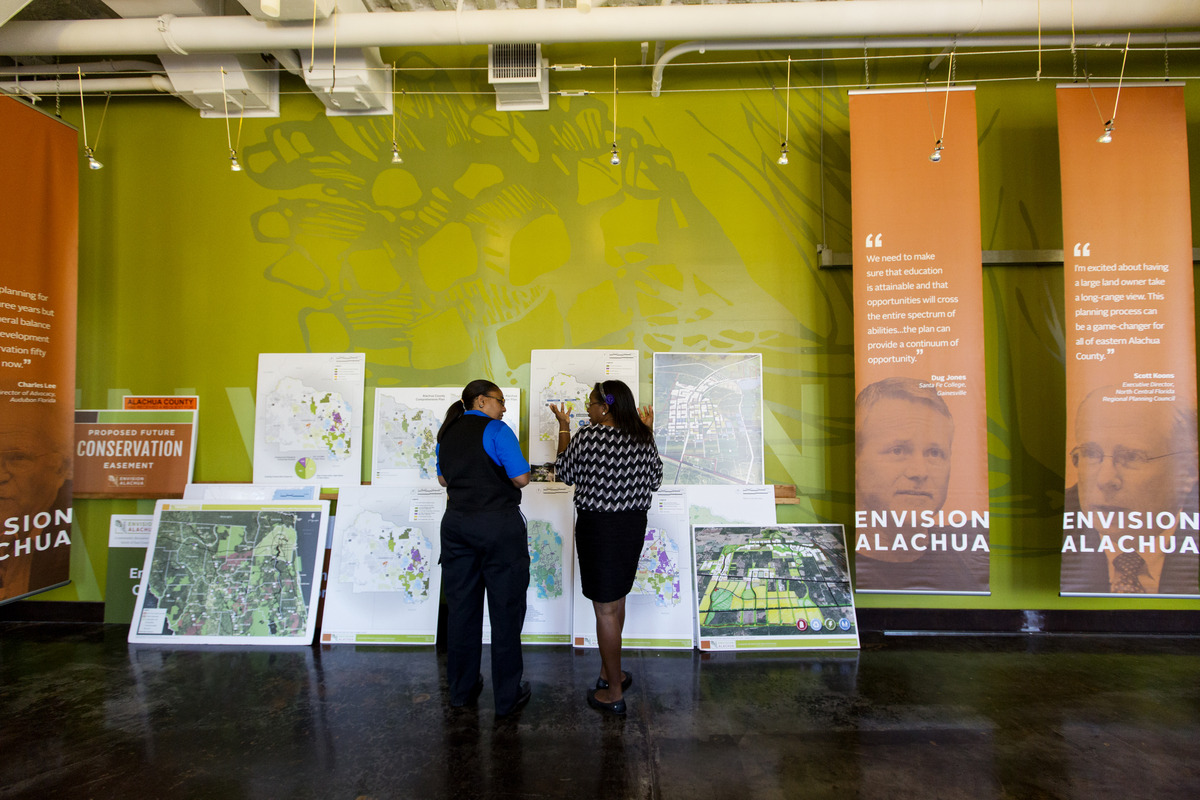
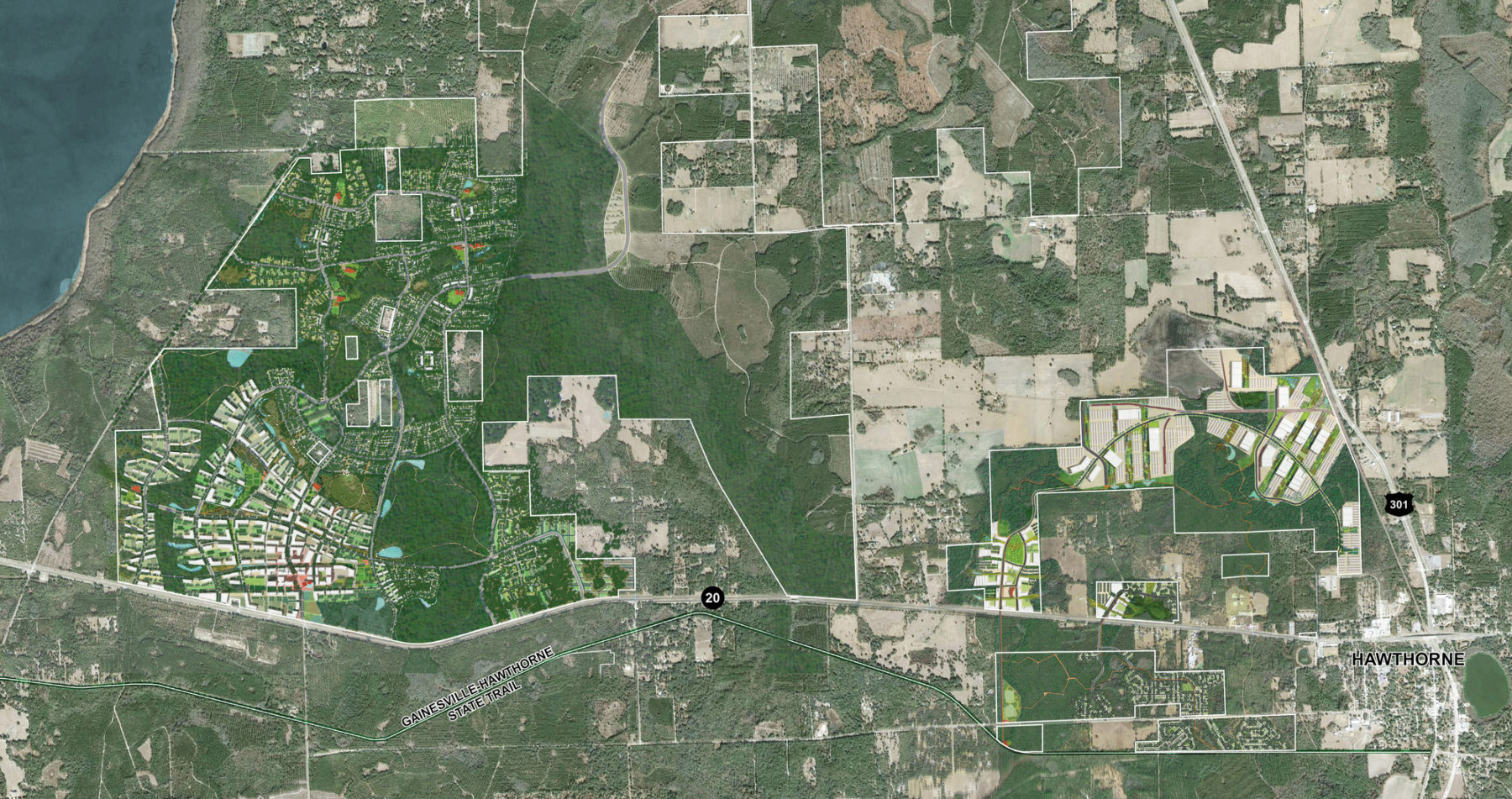

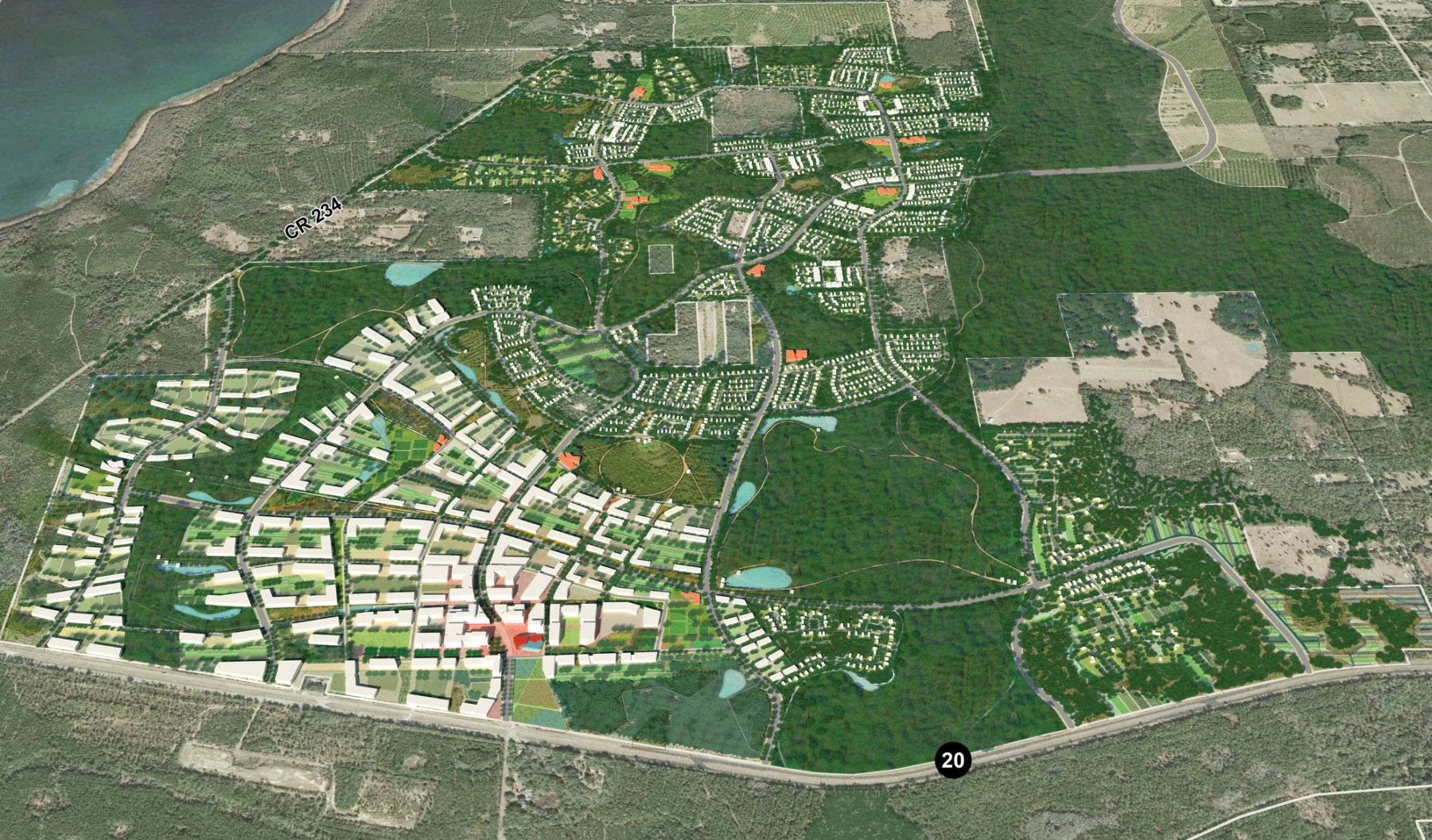
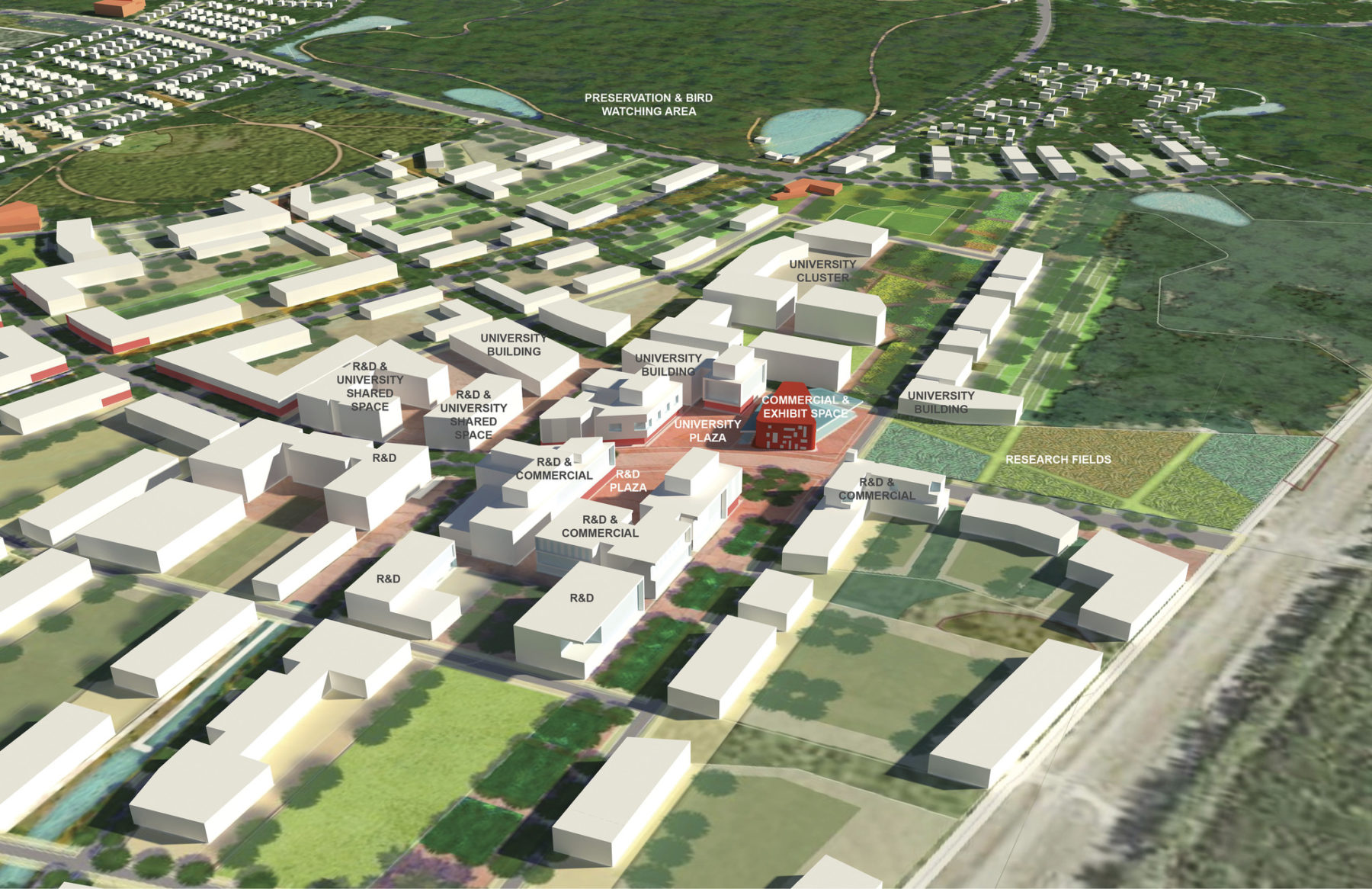
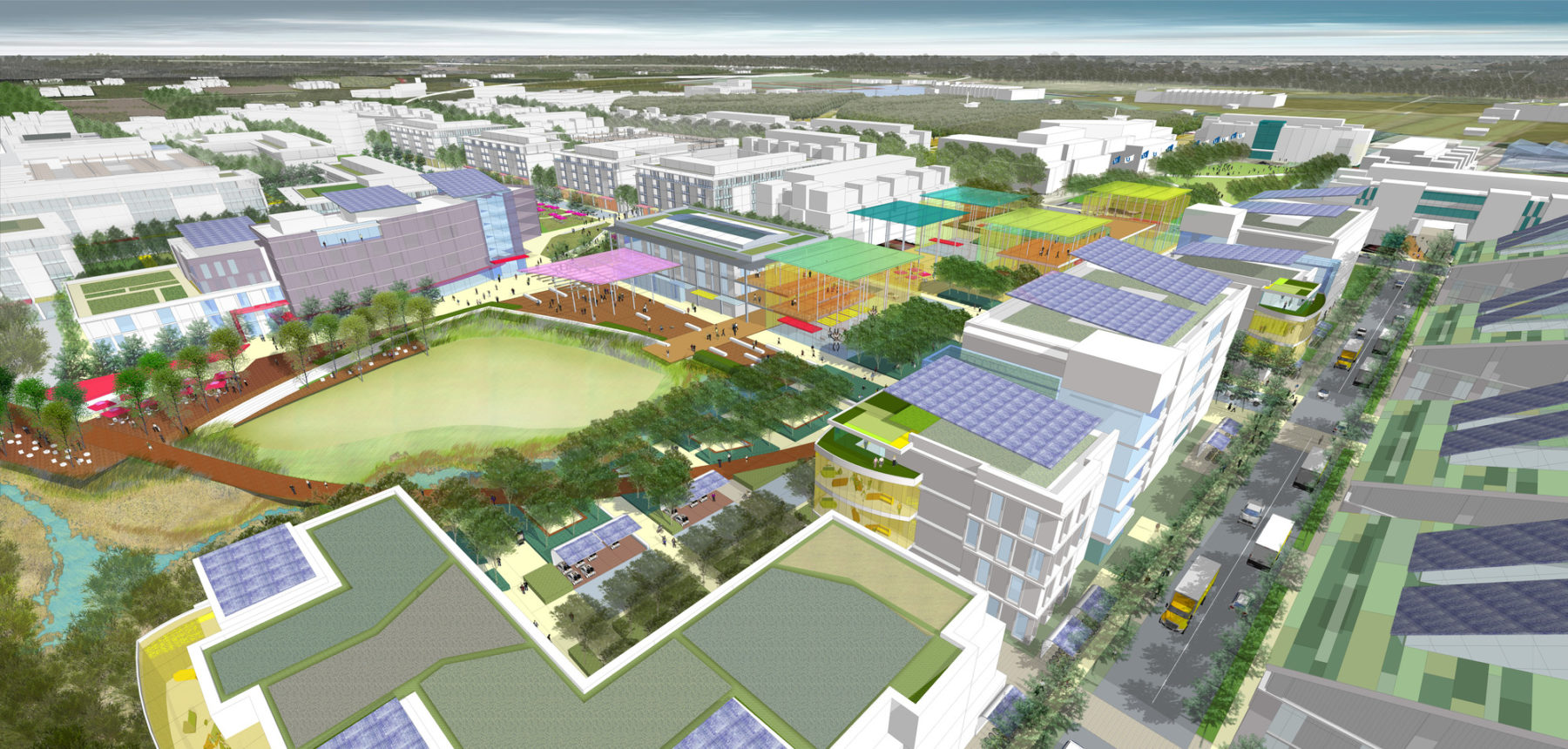
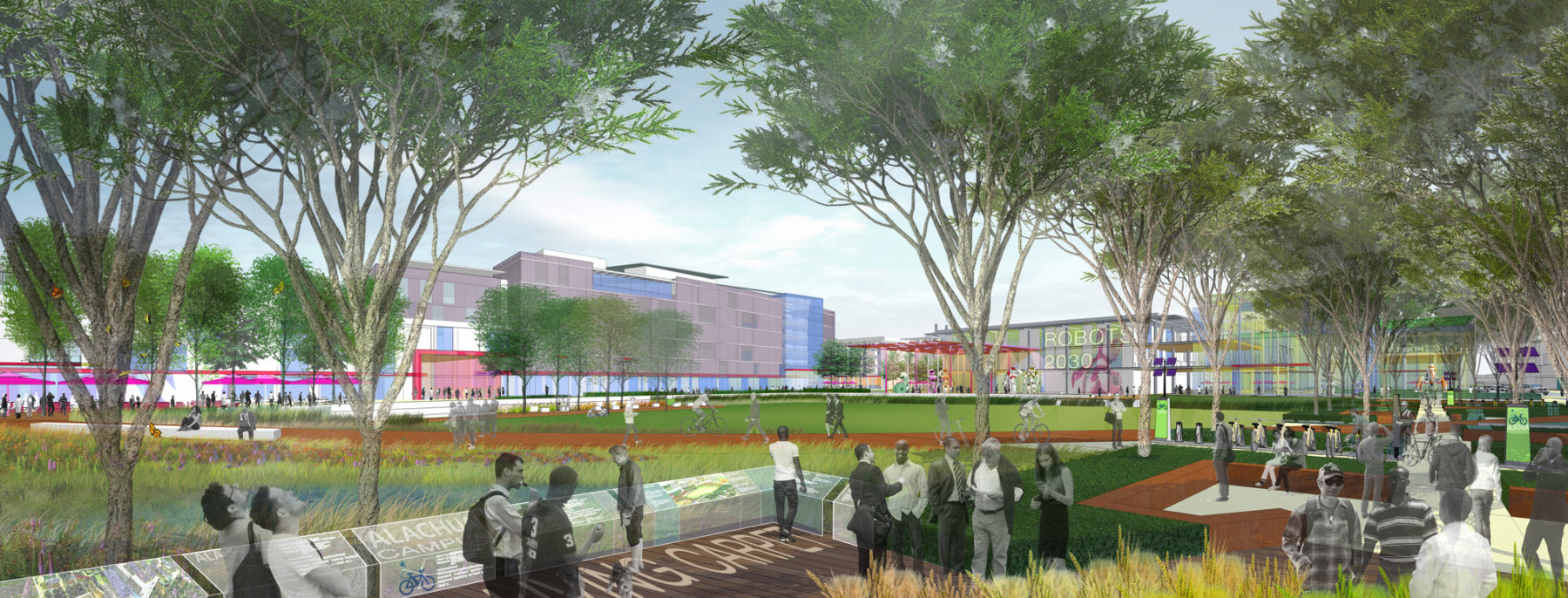
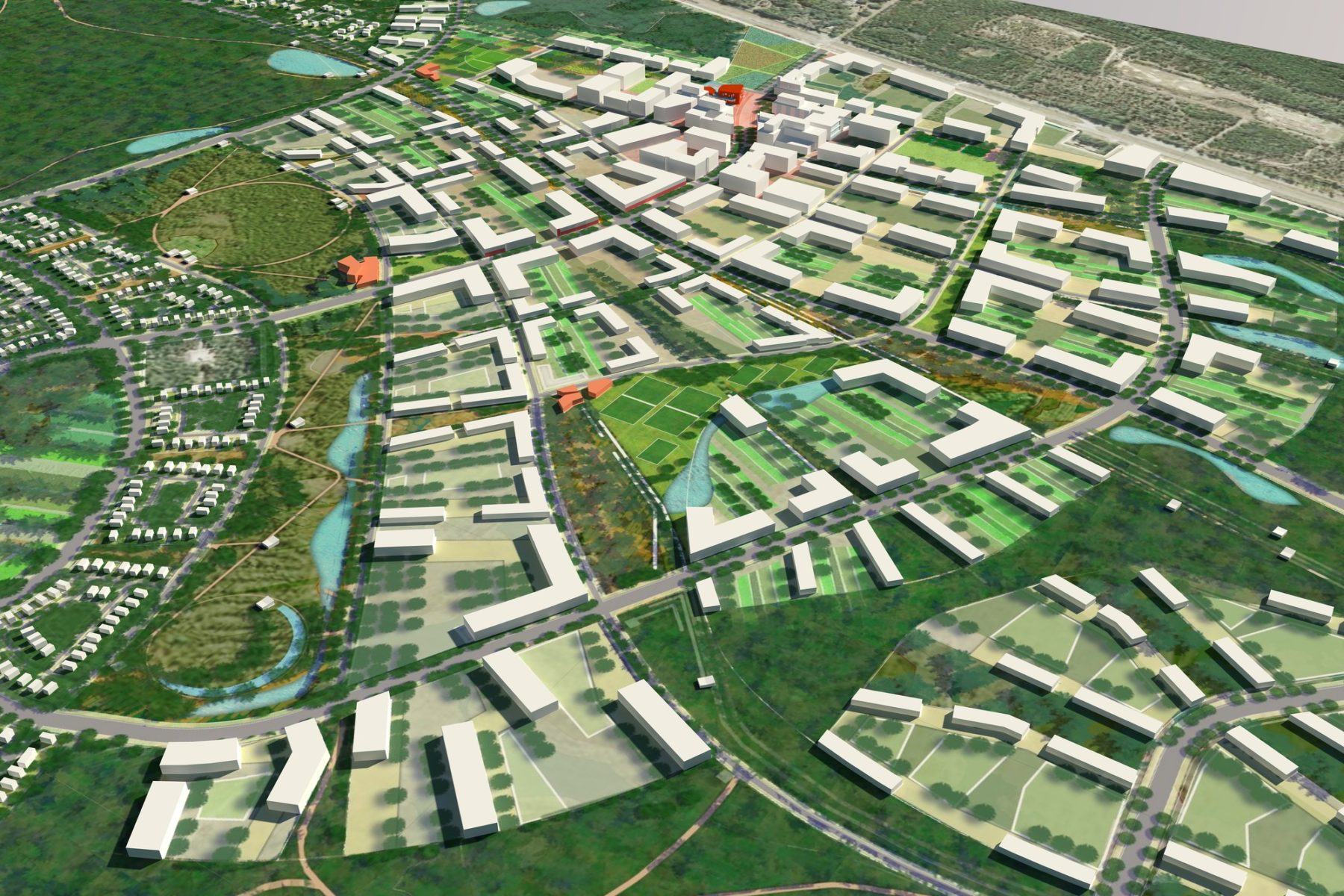
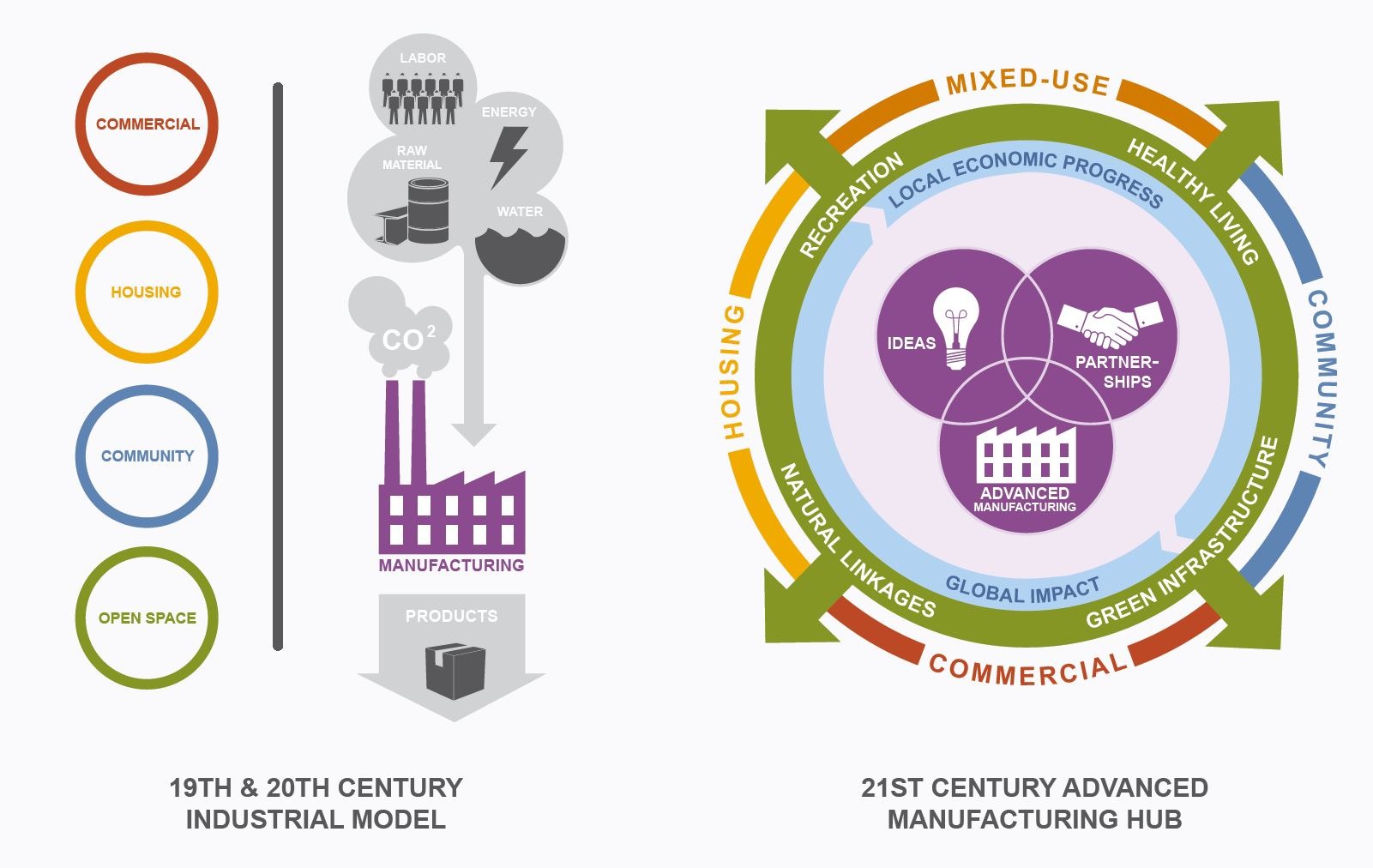
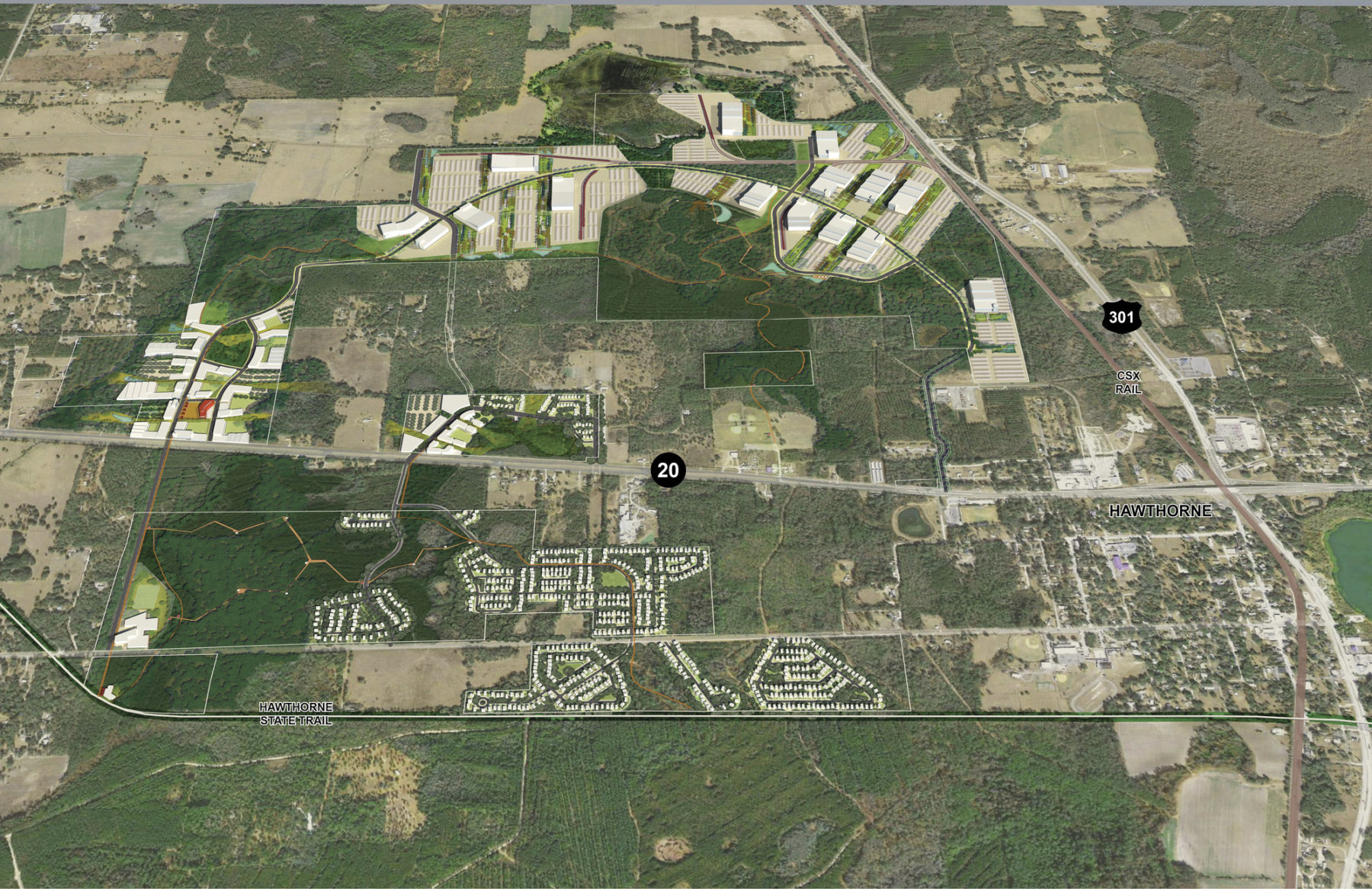
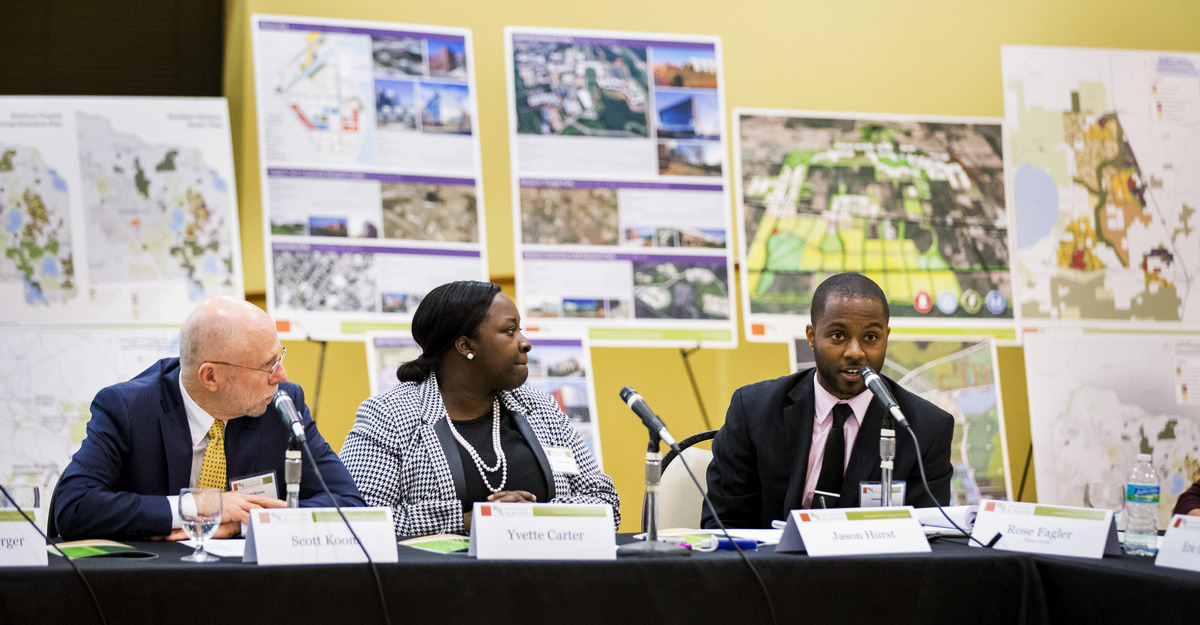
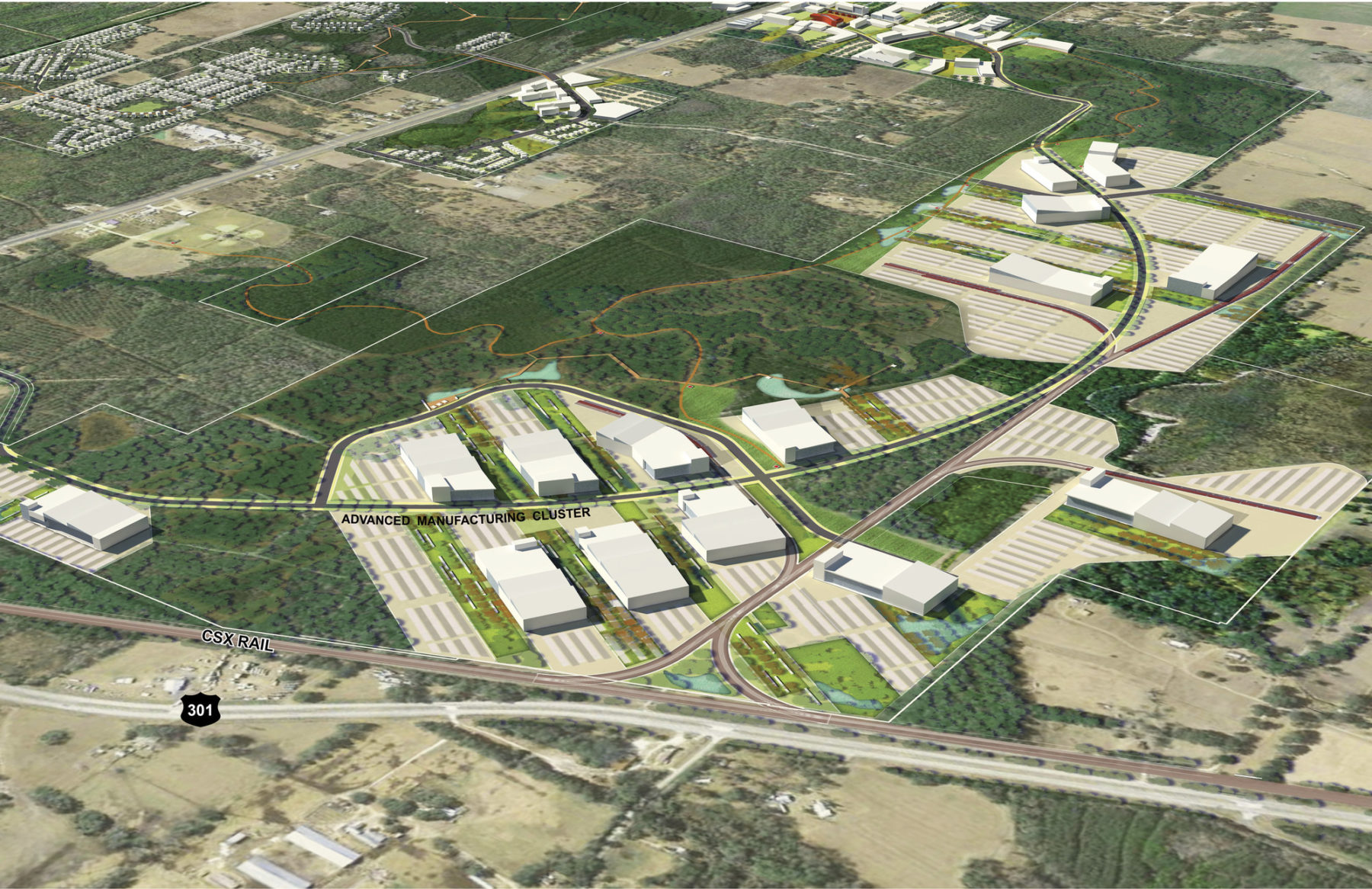
For more information contact Fred Merrill.